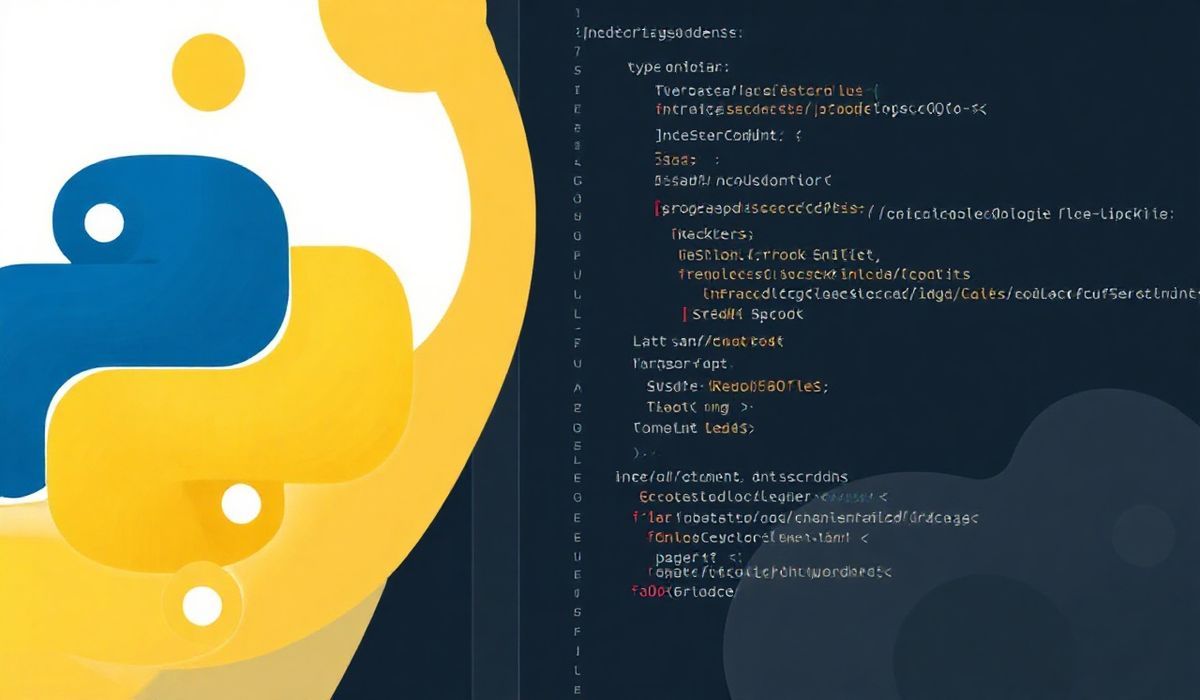Introduction to `pac-resolver`
`pac-resolver` is a Node.js library that enables the evaluation of Proxy Auto-Config (PAC) files. It is a powerful tool for determining the appropriate proxy for a given URL during web traffic routing. PAC files are a way to define how web browsers and other agents can automatically choose the proxy server for fetching a given URL.
Key APIs and Their Uses
1. Creating a PAC Resolver from a String
Use the createPacResolver function to create a PAC resolver from a PAC script string.
const createPacResolver = require('pac-resolver');
const pacScript = 'function FindProxyForURL(url, host) { return "PROXY proxy.example.com:8080; DIRECT"; }';
const findProxyForURL = createPacResolver(pacScript);
2. Using the PAC Resolver to Get a Proxy for a URL
With the PAC resolver, call the findProxyForURL function to determine the proxy for a given URL.
findProxyForURL('http://example.com', (err, proxy) => {
if (err) {
console.error('Error occurred:', err);
return;
}
console.log('Proxy for example.com:', proxy);
});
3. Handling Asynchronous PAC Files
For PAC files that involve asynchronous operations, such as DNS resolutions, `pac-resolver` natively supports asynchronous execution. Simply use the asynchronous version of the PAC resolver:
(async () => {
try {
const proxy = await findProxyForURL('http://example.com');
console.log('Proxy for example.com:', proxy);
} catch (err) {
console.error('Error occurred:', err);
}
})();
Example Application Using `pac-resolver`
Let’s create a simple Node.js application that uses `pac-resolver` to route web traffic.
const http = require('http');
const createPacResolver = require('pac-resolver');
const pacScript = 'function FindProxyForURL(url, host) { return "PROXY proxy.example.com:8080; DIRECT"; }';
const findProxyForURL = createPacResolver(pacScript);
const server = http.createServer(async (req, res) => {
try {
const proxy = await findProxyForURL(req.url);
res.writeHead(200, { 'Content-Type': 'text/plain' });
res.end('Proxy for ' + req.url + ': ' + proxy);
} catch (err) {
res.writeHead(500, { 'Content-Type': 'text/plain' });
res.end('Error occurred: ' + err.message);
}
});
server.listen(3000, () => {
console.log('Server started on http://localhost:3000');
});
Conclusion
In this guide, we have explored the `pac-resolver` library, covered its primary functions, and demonstrated how to integrate it into a Node.js application to route web traffic efficiently using PAC files. Understanding and utilizing `pac-resolver` can lead to more dynamic and flexible network configurations.
Hash: 514994a1959cdd4050b4714355ea494e2fe9e35793888e66aaed914c099ddbc1




